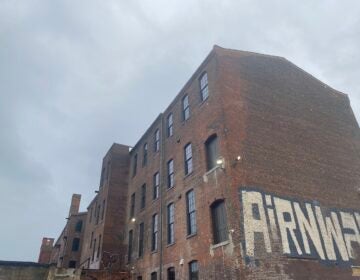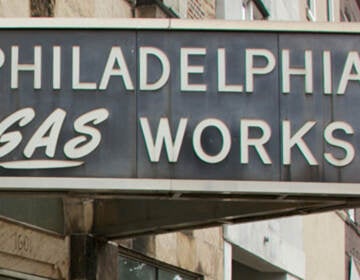November 23: City design, parks and the brain | Looking change in the eye | Cities from space

Good morning! Just a note from PlanPhilly that we’ll be off for Thanksgiving and will be back in action on Monday. We hope you have a happy Thanksgiving – this year, as ever, we’re thankful for you, dear readers. With that in mind, here’s a feast of longer-reads and interesting stories to start off your day and hopefully carry you through til we meet again.
“If you are looking to reclaim a coherent sense of America after this nervous breakdown of an election season, let me suggest that eating your way through Philadelphia is a fine way to start,” begins the love letter to Philly food in this week’s NY Times Travel section. From Vedge to Vernick, the Times hit several of Philly’s top restaurants, concluding, “We would be back again and again, if only we lived in Philadelphia … and why, exactly, didn’t we live in Philadelphia?
The Atlantic unpacks why infrastructure spending may enjoy bipartisan support, but major differences in approach to projects and paying for an ambitious plan remain. “It may be bipartisan to say we want to do infrastructure, but we have to see what that actually means. I think this is a real test to see if Donald Trump and the Republicans are going to come forth with a plan that will actually boost the economy and create good jobs for Americans or is it going to be one similar to the one outlined during the campaign that would essentially line the pockets of corporations at the expense of long-term growth, working people, and the environment,” Nell Abernathy, the vice president of research and policy for the liberal Roosevelt Institute, told The Atlantic.
Can your city change your mind? Curbed has a longread by Nate Berg on the ways the design of our physical space affects our brains and behavior. “Mostly this influence happens by accident. But sometimes it happens on purpose.”
And, in a lesson for Philadelphia’s pipeline of park revitalization projects and the ambitious Rebuild initiative: Practitioners believe that green spaces enhance mental health, but how do we know? CityLab explains why park designers too be better at measuring projects in terms of mental health improvements.
A temporary public art project in Washington D.C. aimed for empathy by encouraging neighbors along a changing corridor to look each other in the eye – via large scale projected portraits. “It’s about giving things a human shape and weight. At community meetings or planning sessions, conversations about large-scale plans can feel out of step with the people the projects would affect,” CityLab writes.
How good are you at identifying the shape of cities from above? Try it at night, from space, via the Guardian.
And lastly, a moment of Zen. If you’re traveling for the holiday: Here are some mindfulness exercises for the security line, the airplane, and at the family table.
WHYY is your source for fact-based, in-depth journalism and information. As a nonprofit organization, we rely on financial support from readers like you. Please give today.







